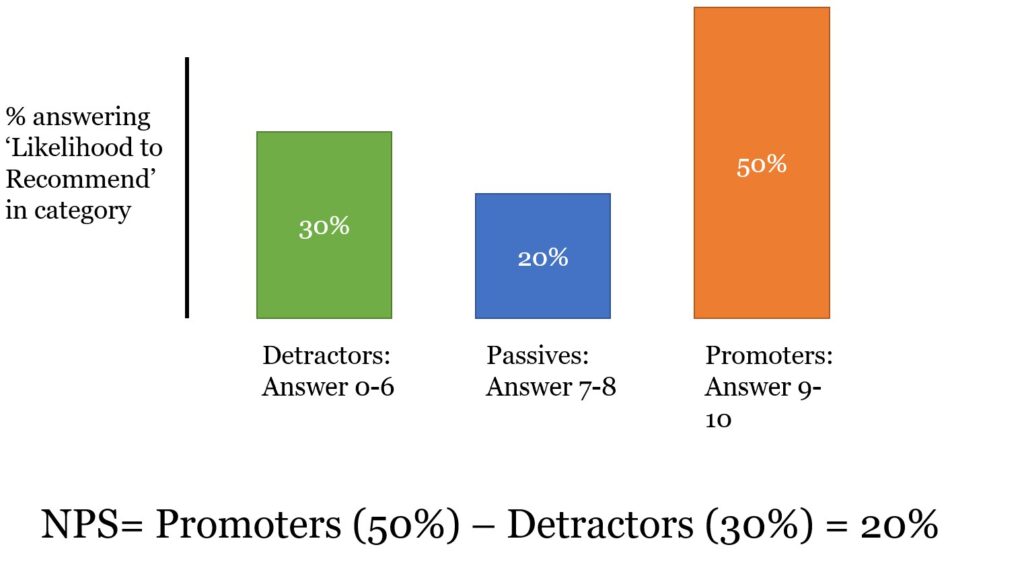I really appreciate when academic papers seek to address issues that matter to non-academics. Sanghee Kim and Tom Gruca looked at the use of Net Promoter Score (NPS) to predict customer retention and spending a topic important to many business people. What do they find about NPS and casino patrons?
Casinos And Net Promoter
A major challenge with academic marketing research is getting access to managerial data. For some reason, managers don’t like to give their data to academics just to be nice to the academics. This means good quality data is actually surprisingly rare in academic marketing research. Some consequences can be positive. Academics can be very inventive in converting some poor-quality data into usable data. Other consequences are less happy. We often collectively implicitly agree that terrible data for marketing questions, e.g., financial accounting data, can be called something that it isn’t in order to be able to use the data in academic analysis.
Given the general paucity of data, it was nice to see Kim and Gruca got hold of a nice set of data. This is from a casino. Such establishments tend to have pretty decent data. Obviously, the business runs on the numbers and involves money being traded for money (and false hope). Casinos often have loyalty programs. This enables the manager to know how an individual is spending their money. In an ideal world, this can actually be socially positive; it could allow them to spot, and hopefully help, problem gamblers. (I am consciously being positive).
The authors, thus, have a neat set of data that tells them what the casino patrons had spent before a point in time and what they spent afterward. Critically for this study, the patrons also answered some market research questions. The authors were, therefore, able to examine how market research measures could predict past and future behavior.
Market Research Measures And NPS
The measures the firm had looked at was a 0-10 likelihood of recommendation measure. From this NPS could be calculated (see picture). The same survey captured satisfaction with the gaming experience and patron’s likelihood to visit the casino again.

To measure how much the patron was spending the authors used theoretical win. This is an estimate of the expected take from the gambler. This is a widely used metric in the industry. It is superior to just the amount wagered as different games have different ‘edges’ for the casino. The theoretical win is how much the casino would win (and punters lose) if wins were evenly distributed.
NPS And Casino Patrons: What Do We Know?
So what did they find out about NPS and Casino Patrons? NPS can predict past spending and future spending. This makes sense. Gamblers who are more willing to recommend probably spend a bit more with the casino.
Our results do not support the contention that using the NPS segments provide a better fit to the
Kim and Gruca, 2023
observed differences in consumer behavior. In general, if a gaming company wished to use gaming
satisfaction, likelihood-to-revisit or even the raw 0–10 likelihood-to-recommend score, they would
have comparable insights into the past and future behaviors of their customers.
Basically, NPS can do a decent job. That said, other market research questions also do the same reasonable job. NPS can be useful but it just isn’t the magical innovation that some argued it was.
For more on Net Promoter Score see here, here, here, here, and here.
Read: (2023) Net promoter score and future consumer behavior in the casino gaming industry, International Journal of Market Research, Online First
